Storytelling has always been a point of fascination for independent curator and exhibition-maker, John Tung.
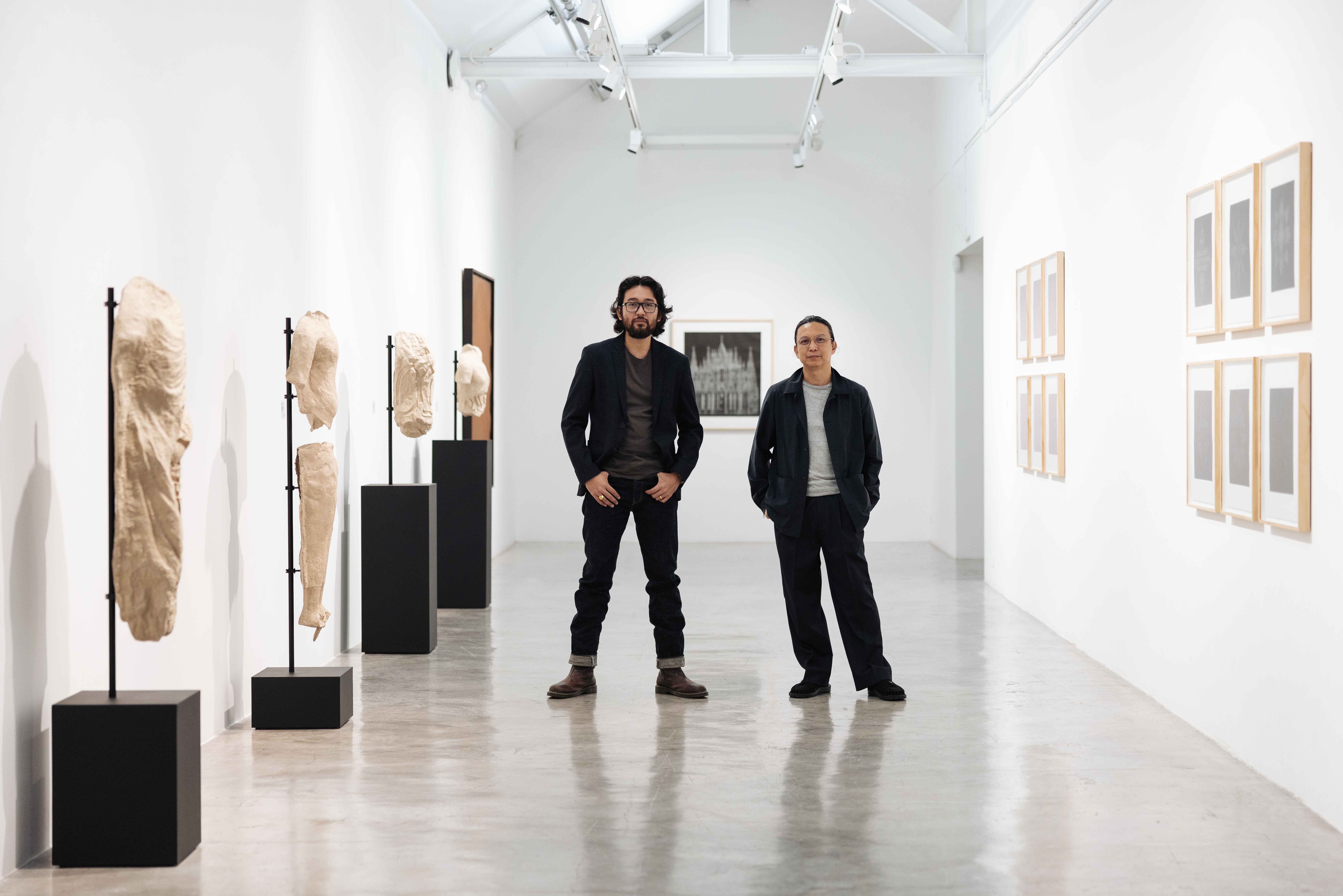 John Tung and artist Natee Utarit
John Tung and artist Natee Utarit
Tung, who previously held the position of Assistant Curator at the Singapore Art Museum (SAM) for five years, reveals that his journey in curatorial work began during his postgraduate studies at the Chinese University of Hong Kong, where he focused on cultural policy, and recognized “an exhibition’s potential to drive meaningful social change in a democratic way.” In addition to his experience at SAM, he also had the opportunity to work on large scale exhibitions like the previous editions of the Singapore Biennale and S.E.A. Focus.
In this conversation, Tung talks about the evolution of a curator’s role and the intricacies of putting together the exhibition “Déja vu: Buddha is Hiding”, which features works by Thai contemporary artist Natee Utarit. The exhibit, which is on display at STPI – Creative Workshop & Gallery, Singapore from now until 1 December 2024, imagines Buddha’s hypothetical journey to the west and explores themes of identity and colonial conditioning.
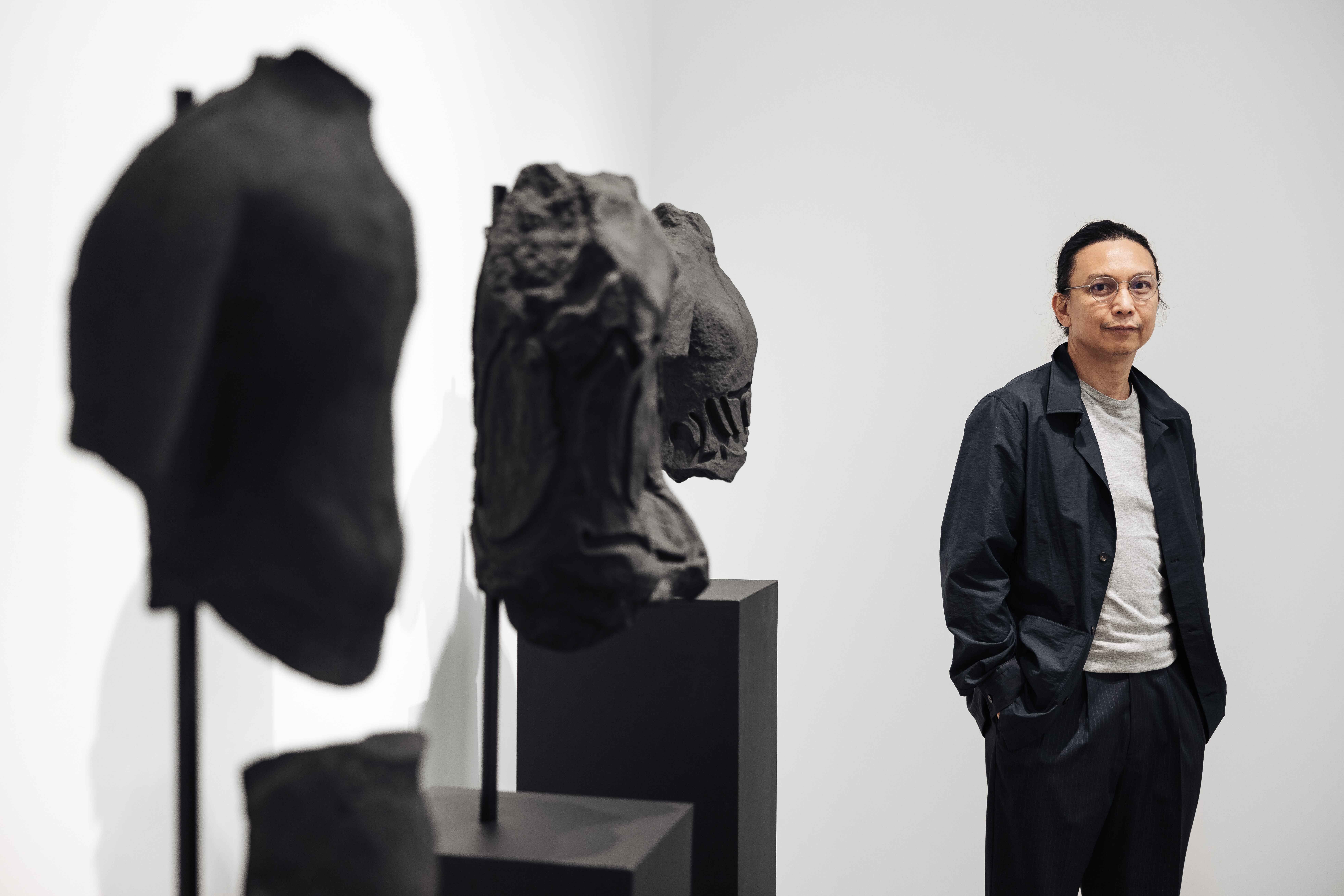 Natee Utarit
Natee Utarit
In contrast to your current role as an independent curator, can you tell us about your experience in curating exhibitions on a grander scale, such as Singapore Biennale and S.E.A. Focus?
Large scale-exhibitions offer the unique opportunity to explore themes from a multitude of vantage points at once, allowing for deep dives into issues pertinent to the contemporary circumstance. On both a conceptual and operational level, there is an intensity to it – and in the lead up to these exhibitions, I am essentially going around with dozens of images and intertwining narratives in my head whilst simultaneously trying to organize them together in a manner that would be clear for the visitors to apprehend.
Unlike a smaller presentation that brings with it a sense of conciseness, I have always thought of crafting the overarching narrative of a larger show as akin to drawing a line of best fit. Only in this scenario, the “outliers” are welcomed by myself as opportunities for problematizing and drawing attention to lapses in preconceived notions in relation to a theme.
What kind of art speaks to you? Are there any artists in Singapore that have caught your attention lately?
I enjoy it when artists “keep it real”. I think above all other rubrics that may be employed in the assessment of a work of art, the quality I value above all others is authenticity – practices that disregard trends and are oftentimes an obsessive compulsion. The medium and materiality of the work matters less, and I have fallen in love with works spanning painting, sculpture, video, performance, installation. Although I must admit, I have a penchant for the immersive and all-encompassing effects of a large-scale installation.
Over the past two years, in addition to working with household name artists in commercial contexts, I have also been working closely with a Singapore non-profit, ART:DIS. Since 1993, they have been providing training to aspiring artists with disabilities. The artworks that emerge from their programs and artists hold a special place in my heart, embodying the honesty, simplicity, and naivete that is rarer in commercial contexts. I hope that in working with them, I can help more of the artgoing public to see the beauty in such works, and better integrate them into the broader arts ecology.
(Related: A Champion for Good)
-
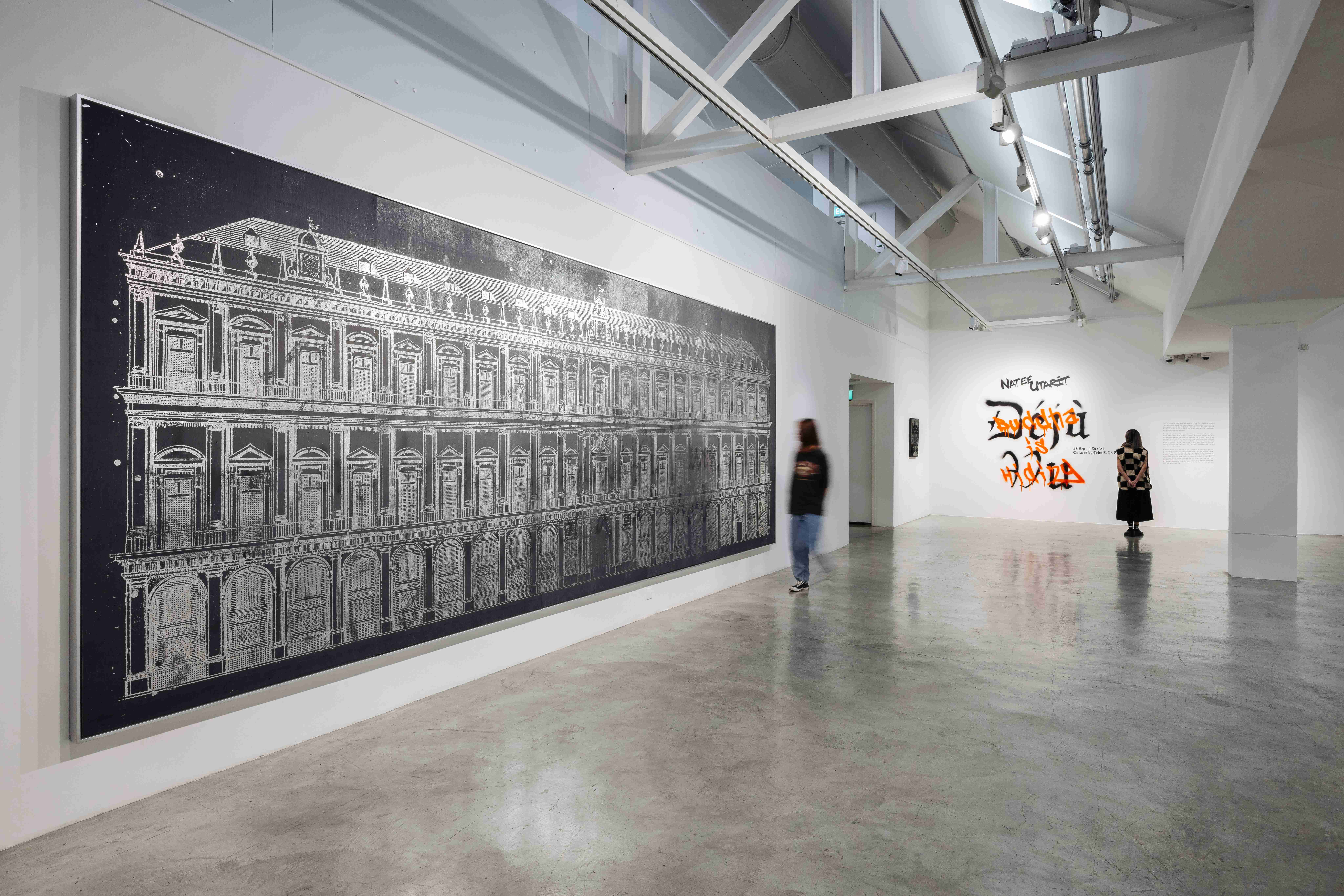
Natee Utarit, THE CHAPEL, 2024, Acrylic paint, screenprint and flocking on linen, 69.5 x 52 cm. © Natee Utarit / STPI. Photo courtesy of the artist and STPI – Creative Workshop & Gallery, Singapore.
-
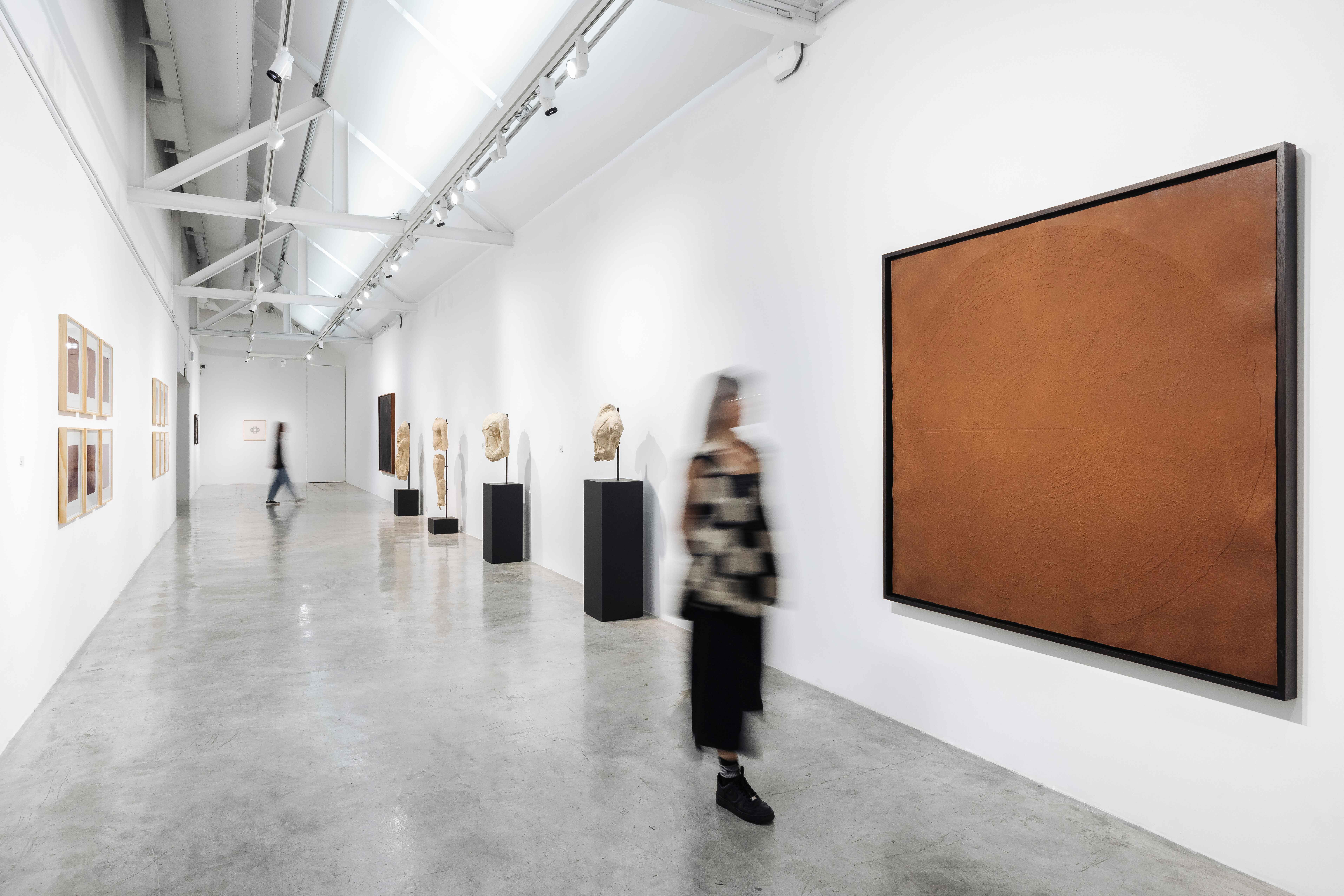
Natee Utarit, LOVE IS (series installation view), 2024, Acrylic paint, screenprint, flocking and foiling on linen, 64.5 x 52 cm each. © Natee Utarit / STPI. Photo courtesy of the artist and STPI – Creative Workshop & Gallery, Singapore.
-
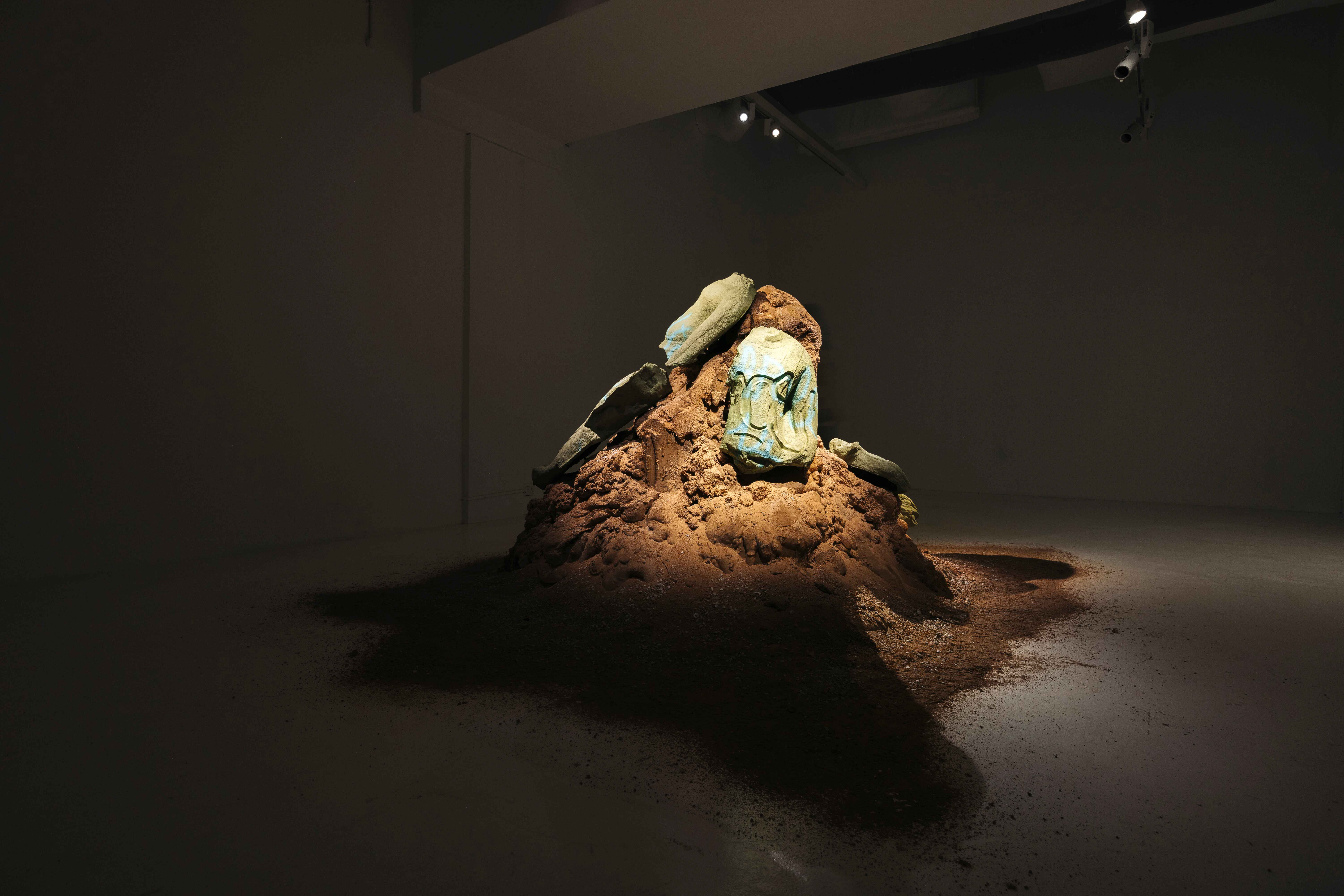
Natee Utarit, LOVE IS GOLD (detail), 2024, Acrylic paint, screenprint and foiling on linen, 64.5 x 52 cm. © Natee Utarit / STPI. Photo courtesy of the artist and STPI – Creative Workshop & Gallery, Singapore.
Click to next slide
Tell us about your involvement in the STPI exhibition Déjà vu: Buddha is Hiding. What kind of relationship do you share with artist Natee Utarit and what vision did you have for the exhibition?
Earlier this year, the STPI gallery team invited me to curate Déjà vu: Buddha is Hiding, following the conclusion of Natee Utarit's residency with the STPI Creative Workshop. I have always believed that the curatorial process should go beyond just the artworks themselves. It involves an exploration of the broader context surrounding the work.
My discussions with Natee in preparation for the exhibition covered a wide range of topics, from tea ware and bonsai to casual stories from our daily lives, as well as specific exhibition details. These conversations were essential for me to form a comprehensive view of the exhibition, ensuring that my curatorial approach was in sync with both Natee's vision and the needs of the artworks.
As for my vision for the exhibition, I aimed to highlight the subtle interplay of narratives that Natee's work invokes. His exploration of Buddhist and Western symbolism, combined with the personal and speculative elements embedded in his pieces, called for an exhibition that invites viewers to engage with complex, layered interpretations. I wanted to create a space where audiences could reflect on the way cultural and historical symbols are re-contextualized and, at times, dislocated. Ultimately, the goal was to offer a platform that would resonate with Natee’s unique approach while fostering a deeper dialogue between the artist, the artworks, and the audience.
In your experience, are artists and curators usually on the same page when it comes to messaging? Can you give us a peek into this dynamic?
I have usually found myself on the same page as artists when it comes to messaging. I think a big part of that stems from how both the artist and curator have a say in the partnership – it should be somewhat like a romance rather than an arranged marriage.
For me, the curatorial process is always rooted in conversation around the work, not just the artwork itself. This means engaging deeply with the artist's ideas, inspirations, and even the tangential aspects of their practice. The dynamic between artist and curator shouldn’t involve negotiation in a way that compromises the vision; it should be a collaborative process leading to a shared outcome.
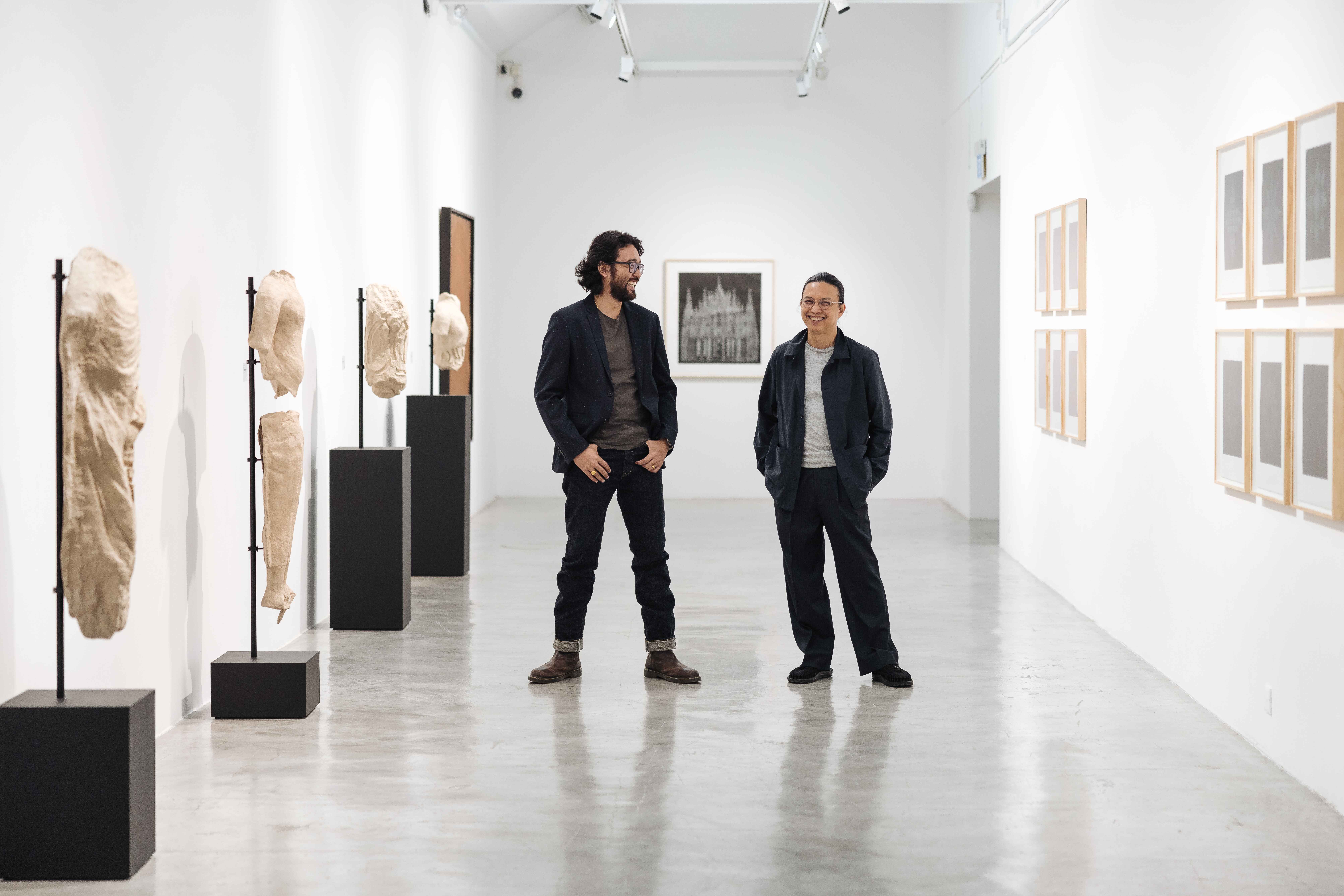
"The dynamic between artist and curator shouldn’t involve negotiation in a way that compromises the vision; it should be a collaborative process leading to a shared outcome." - John Tung
The word ‘curate’ has been thrown around so much these days. How has the word evolved for you? What does it take to curate professionally today and what kind of qualities should a curator possess?
The haphazard employment of the term is a pet peeve of mine. I have seen it used as a fancy euphemism from compiling information to uploading on Instagram.
The etymology of the word ‘curate’ is derived from Latin ‘curare’, meaning, to care for. In the past, the curator would have been a person responsible for caring after a collection of things – usually in a museological context. As a former institutional curator, collecting, researching, and building a collection were roles I performed before.
That is not to say that a curator must necessarily be connected to a collection. After all, care can manifest in a variety of ways. For instance, caring for an artist’s or artwork’s long-term well-being and development, ensuring that a work is accurately historicised, developing the most appropriate contexts for a work’s presentation, and many more. What I am certain of though, is that care must necessarily remain a mainstay in the practice. Making a top-ten list online that anonymous netizens can do with what they will is a far cry from that.
Beyond this notion of care, the other aspects of curating are much harder to define, but usually, the curator is the go-to person for any and every enquiry pertaining to the exhibition. Different curators have found their own niches in research and writing, aesthetics, spatial planning, and more. What is certain though, is most curators are the karung guni of knowledge, accumulating and retaining all manner of esoteric information on account of reading around their projects.
Personally, I take pride in possessing proficient technical capabilities and a disproportionately larger collection of tools. These skills and equipment have proven invaluable in assessing and developing innovative solutions to challenges arising during the installation of artworks.
For more information on Déjà vu: Buddha is Hiding, click here







 John Tung and artist Natee Utarit
John Tung and artist Natee Utarit
 Natee Utarit
Natee Utarit







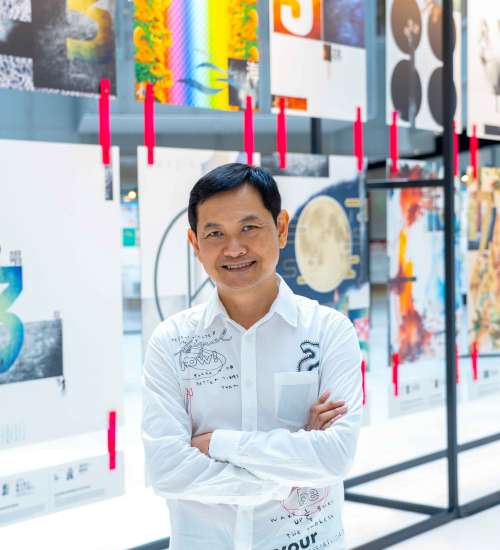


 Back
Back
